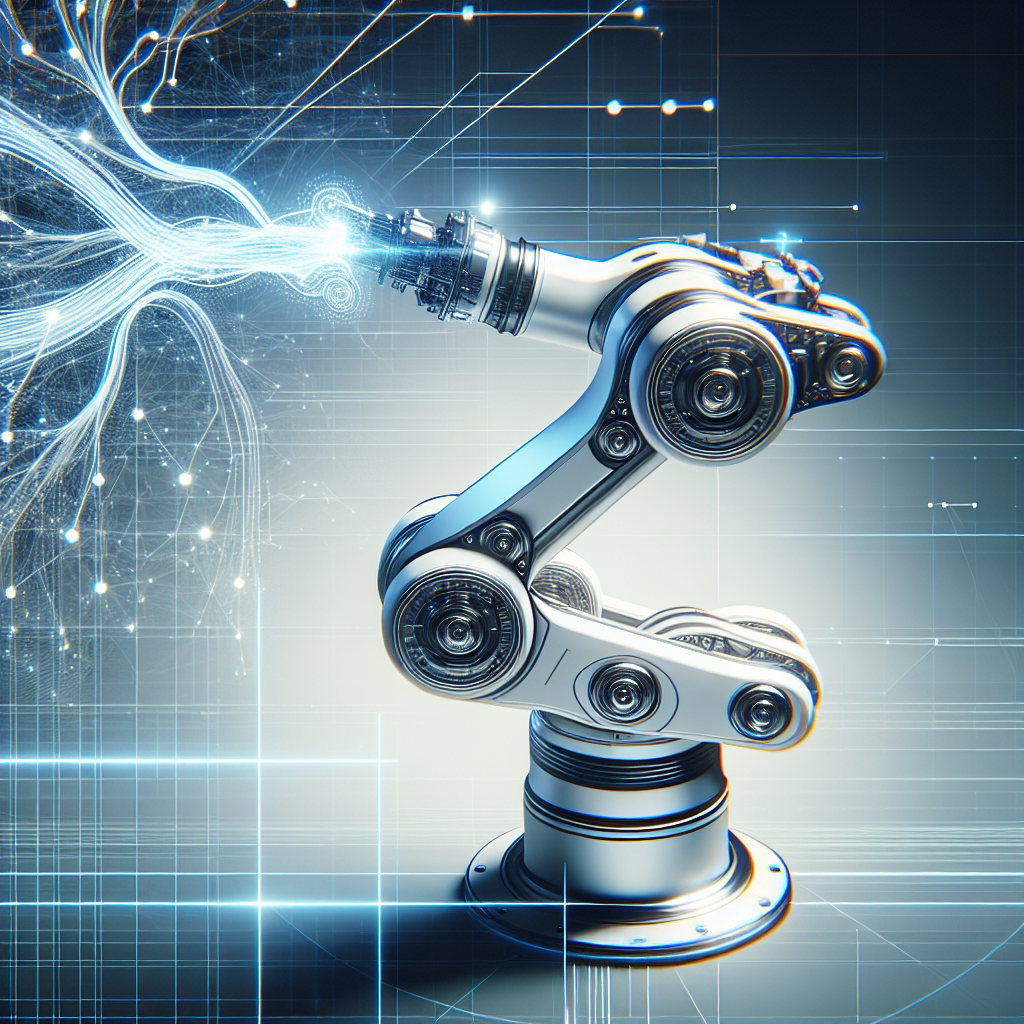Revolutionizing Robotics with Gemini 2.0
Google DeepMind has taken a significant leap forward in bridging the gap between digital AI and physical applications with the introduction of Gemini Robotics. Built on the foundation of Gemini 2.0, this groundbreaking model is specifically engineered to extend AI capabilities into the physical realm, offering unprecedented potential for robotic applications.
The innovation comes in two distinct models: Gemini Robotics, an advanced vision-language-action (VLA) model that adds physical actions as a new output modality, and Gemini Robotics-ER, which enhances spatial understanding for embodied reasoning.
Three Key Pillars of Robotic Intelligence
What makes Gemini Robotics truly revolutionary is its excellence in three critical areas:
- Generality: The model leverages Gemini’s comprehensive world understanding to adapt to novel situations and tackle unfamiliar tasks without specific training. Testing shows it more than doubles performance on generalization benchmarks compared to other state-of-the-art models.
- Interactivity: With advanced language understanding capabilities, Gemini Robotics responds to conversational commands in multiple languages, continuously monitors its environment, and adapts to changes in real-time.
- Dexterity: Perhaps most impressively, the model can perform complex, multi-step tasks requiring precise manipulation, such as origami folding or packing snacks into bags—tasks that have traditionally challenged robotic systems.
Versatility Across Robotic Platforms
A key strength of Gemini Robotics is its adaptability to different robot types. While primarily trained on the bi-arm ALOHA 2 platform, it has demonstrated capability in controlling various embodiments, including Franka arms common in academic research and even Apptronik’s humanoid Apollo robot.
Enhanced Spatial Understanding with Gemini Robotics-ER
The companion model, Gemini Robotics-ER, takes Gemini 2.0’s capabilities further by enhancing spatial reasoning crucial for robotics applications. This model significantly improves abilities like pointing and 3D detection while enabling real-time generation of new capabilities.
For example, when presented with a coffee mug, the model can intuitively determine an appropriate grasp technique and plan a safe trajectory—achieving 2-3 times the success rate of standard Gemini 2.0 in end-to-end robot control scenarios.
Responsible Development in Physical AI
Google DeepMind is approaching this technological frontier with careful attention to safety. They’re implementing a layered approach that addresses both physical safety (collision avoidance, force limitations) and semantic understanding of safe actions in context.
To advance the field responsibly, they’re releasing a new dataset for evaluating semantic safety in robotics and developing frameworks for data-driven “constitutions” that guide robot behavior in alignment with human values.
Industry Partnerships and Future Applications
Beyond their partnership with Apptronik for humanoid robots, Gemini Robotics-ER is available to trusted testers including Agile Robots, Agility Robots, Boston Dynamics, and Enchanted Tools—signaling a collaborative approach to developing the next generation of helpful robots.
This breakthrough represents a pivotal moment in AI’s evolution from purely digital assistance to physical world applications, with implications spanning home assistance, industrial automation, healthcare, and beyond.

